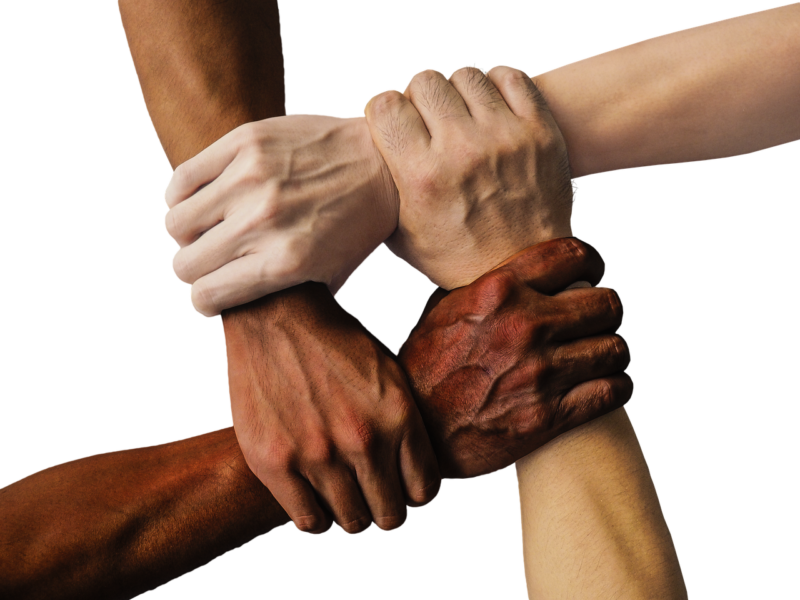The Importance of Reading Body Language and Social Cues
November 14, 2024

Understanding body language and social cues is essential in today’s fast-paced world. We constantly communicate our thoughts and feelings without saying a word, making it crucial to decode these non-verbal signals. From the subtle shift of a person’s eyes to the firmness of a handshake, body language plays a significant role in interpersonal communication. This article delves into the importance of reading body language and social cues in personal and professional settings.
1. What is Body Language?
Body language encompasses a range of non-verbal signals that convey messages about a person’s emotions, intentions, and reactions. It includes posture, gestures, facial expressions, eye contact, and even the tone of voice. Understanding body language is not just about interpreting these signals but also being aware of how your own body language communicates your thoughts and feelings to others.
Common aspects of body language include:
- Posture: How a person holds their body can indicate confidence, openness, defensiveness, or submission.
- Gestures: Hand movements, nods, or shrugs add emphasis and clarity to spoken words.
- Facial Expressions: A smile, frown, or raised eyebrow can convey a multitude of emotions, often more powerfully than words.
- Eye Contact: Maintaining or avoiding eye contact can signal engagement, honesty, discomfort, or aggression.
2. The Role of Body Language in Communication
Research suggests that a significant portion of communication is non-verbal. In fact, studies indicate that approximately 70-93% of communication is conveyed through body language and tone, leaving only a fraction to the spoken word. Recognizing and interpreting these signals plays a vital role in effective communication.
Key reasons why body language matters include:
- Enhances Understanding: It provides context, helping listeners understand the emotional undertones of the message.
- Facilitates Connection: Positive body language can create rapport and establish trust between individuals.
- Indicates Confidence: Learning to read and exhibit confident body language can increase your perceived authority in social situations.
3. Recognizing Different Types of Body Language
Understanding various types of body language can help improve your social interactions. Here are some common signals and what they might indicate:
- Open vs. Closed Body Language: Open body language, such as uncrossed arms and legs, signals receptiveness, while closed body language suggests defensiveness or disinterest.
- Mirroring: When someone unconsciously mimics your gestures or posture, it often signifies agreement or a feeling of connection.
- Personal Space: Respecting personal space varies by culture; invading someone’s space may cause discomfort.
- Touch: A handshake, hug, or pat on the back can convey warmth, support, or even dominance, depending on the context and relationship.
4. The Impact of Body Language in Professional Settings
In professional environments, body language can significantly affect impressions, negotiations, and leadership dynamics. Here’s how understanding body language can improve professional interactions:
- Job Interviews: Candidates can enhance their chances by demonstrating confident body language, maintaining eye contact, and engaging in positive gestures.
- Negotiations: Reading subtle signals from the counterpart can provide insight into their thoughts and position, fostering better outcomes.
- Leadership: Effective leaders utilize body language to inspire and motivate their teams, projecting confidence and approachability.
5. Enhancing Your Body Language Skills
Improving your ability to read and convey body language involves self-awareness and practice. Consider these strategies to enhance your skills:
- Practice Active Listening: Engage fully with the speaker, paying attention to their body language alongside their words.
- Observe Others: Pay attention to how different individuals use body language in various contexts. This can increase your understanding of cultural differences as well.
- Reflect on Your Body Language: Become aware of your own non-verbal signals; adjust them to align with your intended message.
- Seek Feedback: Ask friends or colleagues about your body language in social situations to gain insights for improvement.
6. Cultural Differences in Body Language
Body language interpretations can vary widely across different cultures. What may be considered positive in one culture can be seen as offensive in another. Here are a few examples:
- Eye Contact: Direct eye contact is seen as a sign of confidence in some cultures, while in others, it might be interpreted as disrespectful.
- Gestures: Gestures that are harmless in one culture may have different meanings elsewhere, such as the thumbs up gesture.
- Personal Space: The concept of personal space varies. Cultures that value close proximity may interpret distance as aloofness.
Understanding these cultural differences is crucial for effective communication in a globalized world.
Conclusion
Reading body language and social cues is a fundamental skill that enhances communication, builds connections, and fosters understanding in both personal and professional contexts. By becoming attuned to these non-verbal signals, individuals can navigate social situations more effectively, ensure their messages are conveyed accurately, and develop deeper relationships with others. Cultivating awareness of body language is not merely beneficial but necessary in a world where effective communication is key to success.







